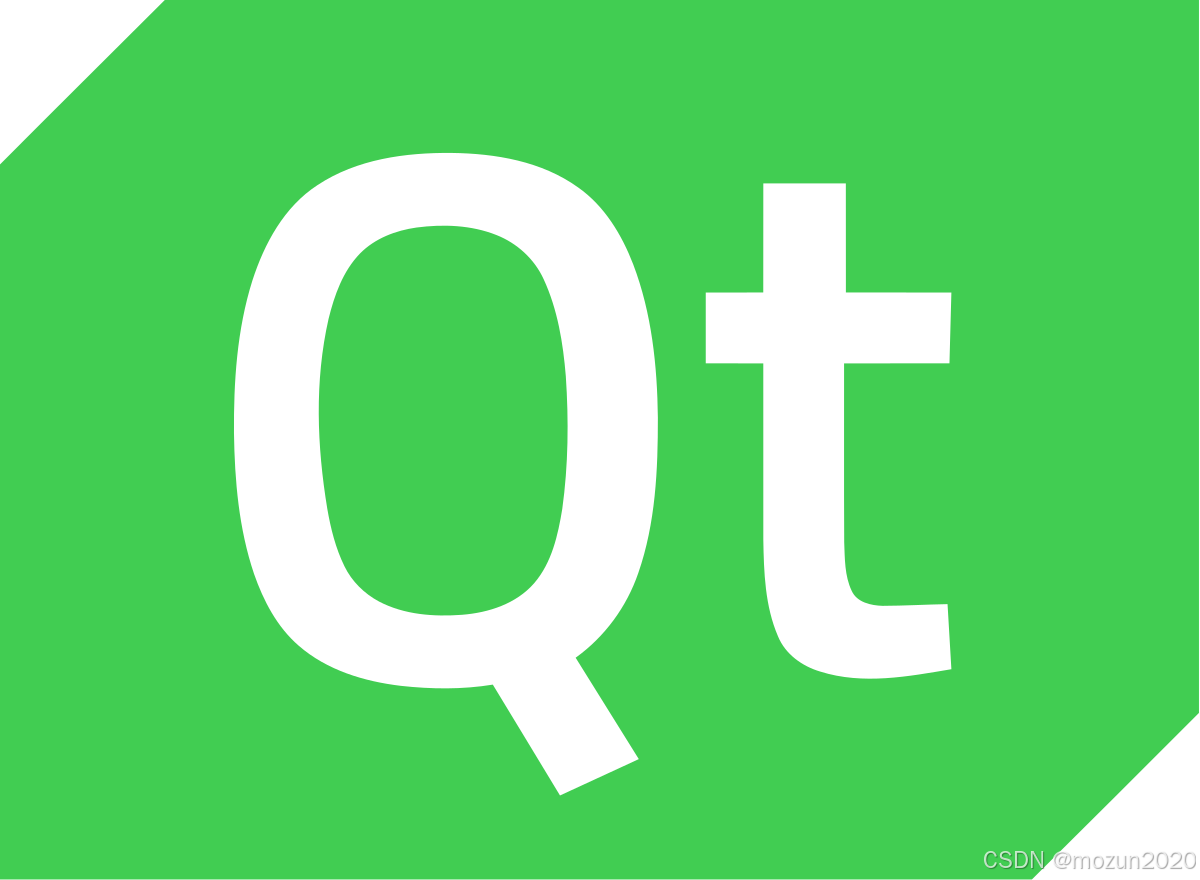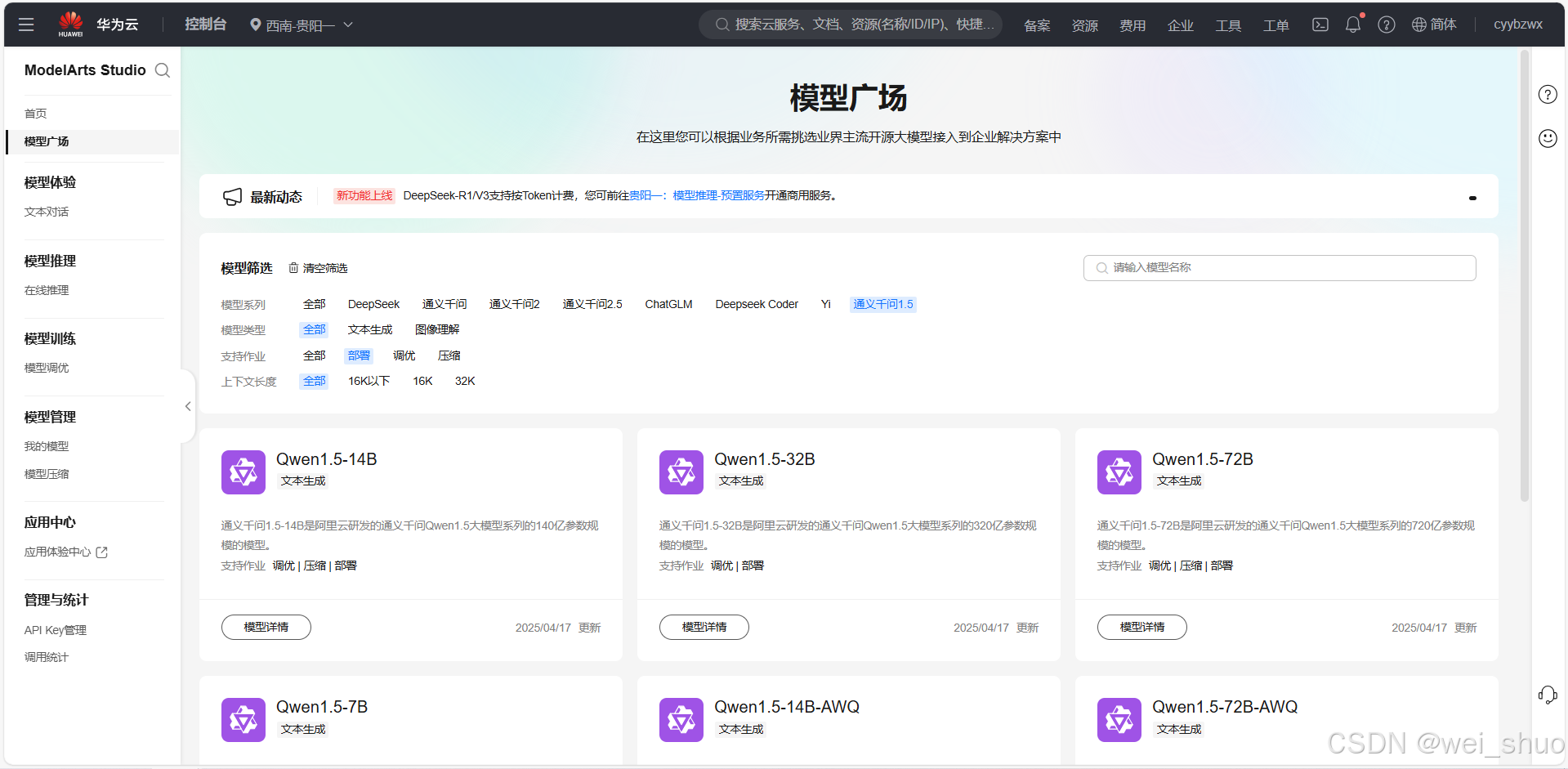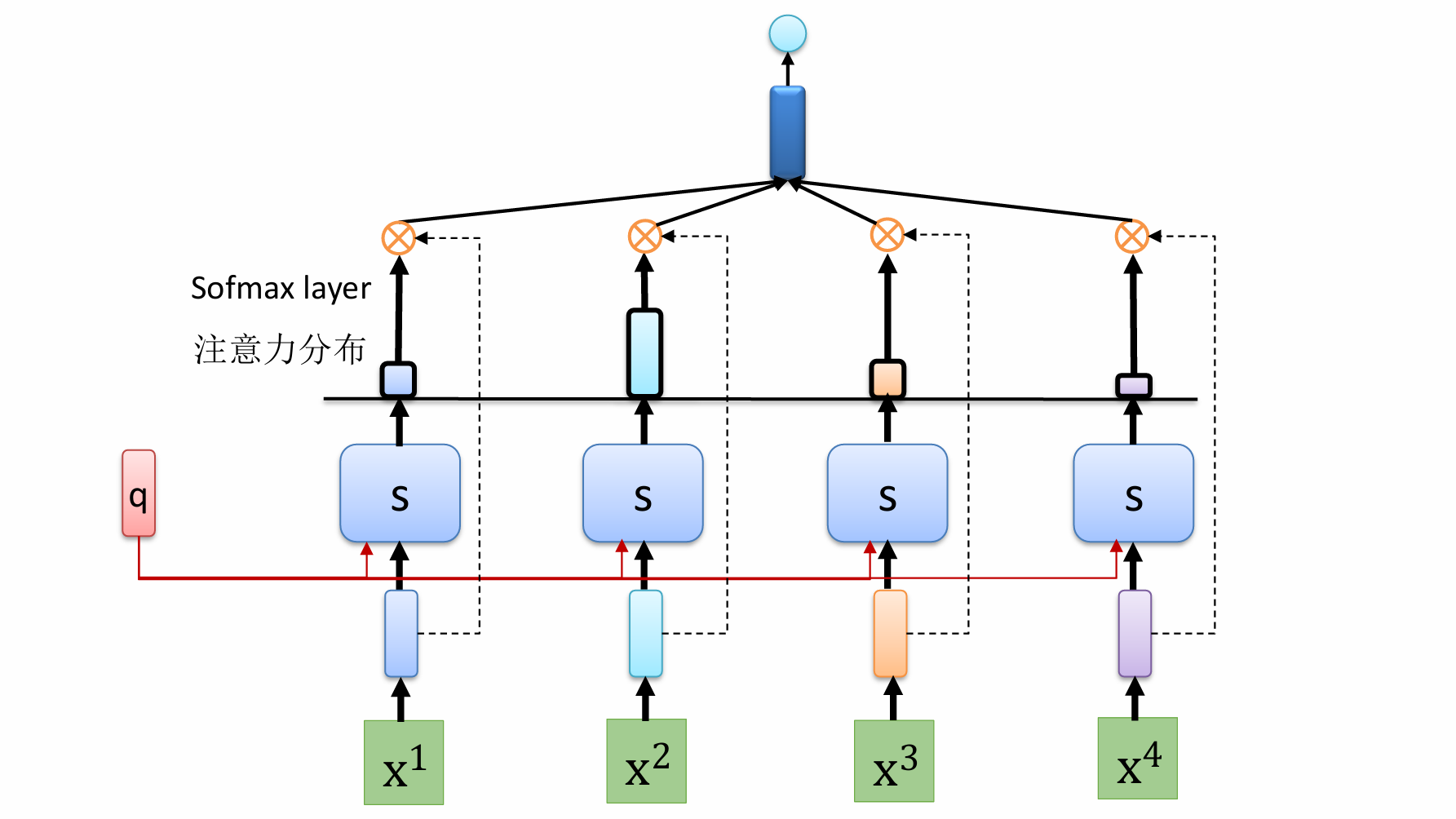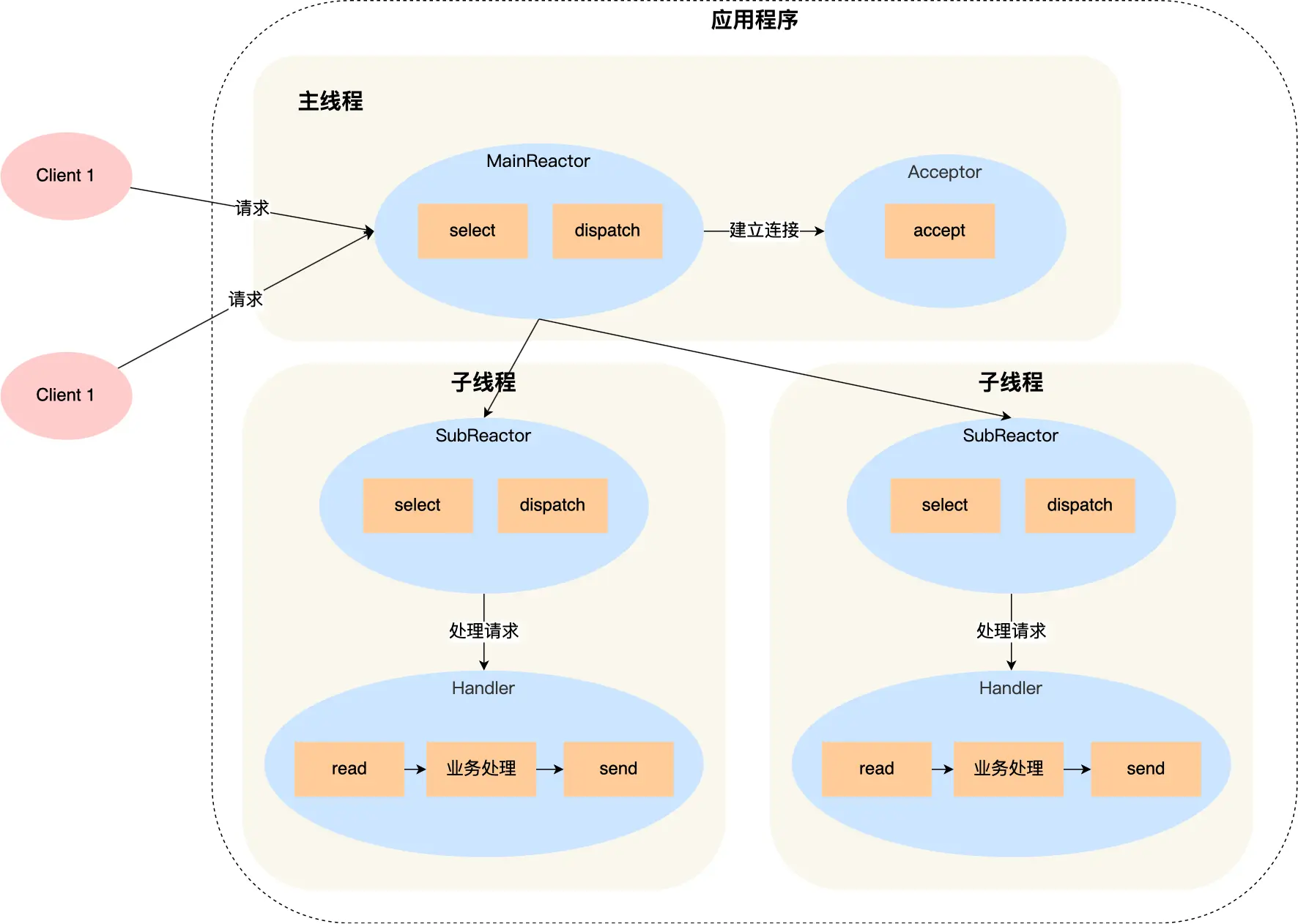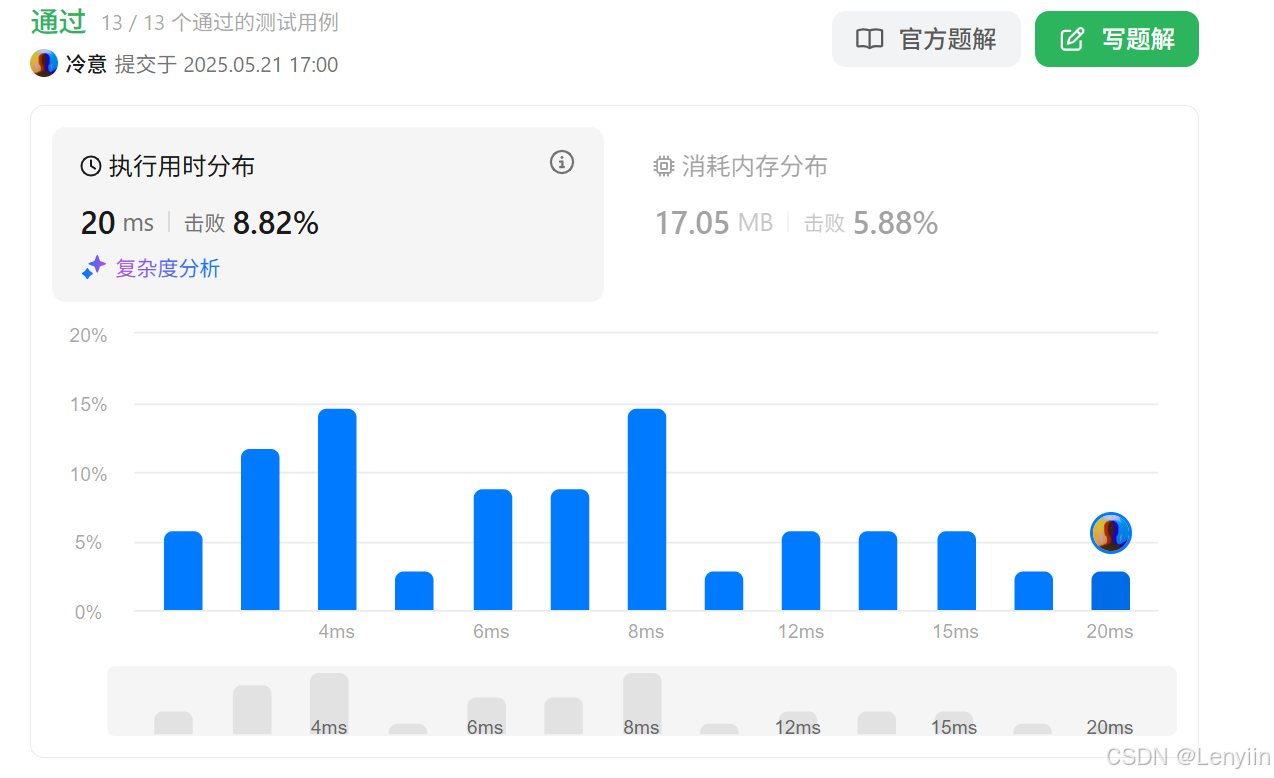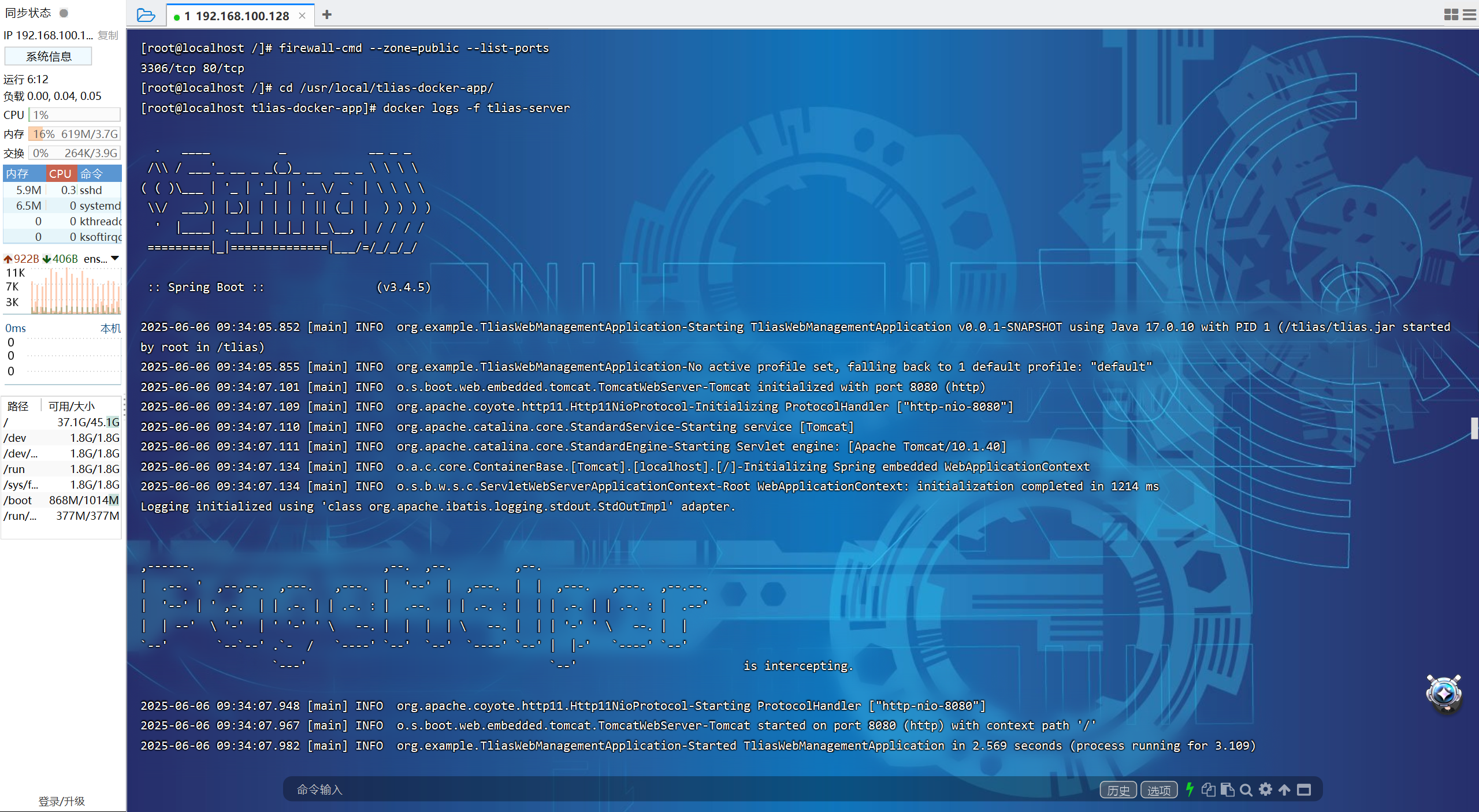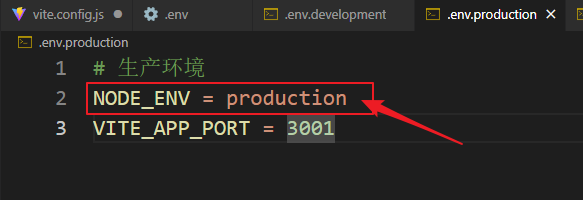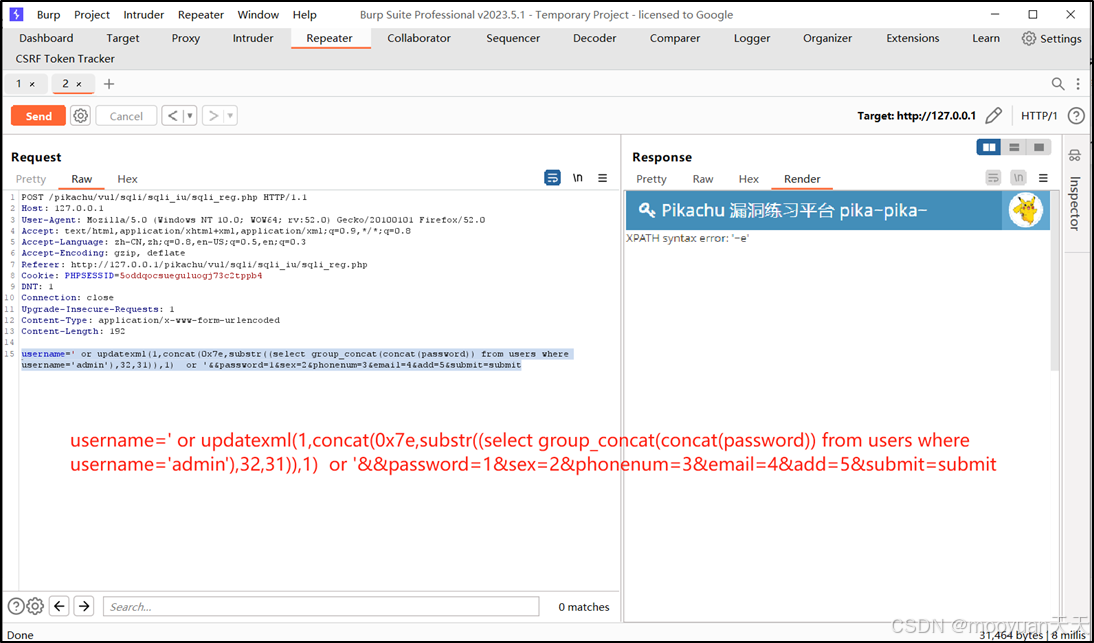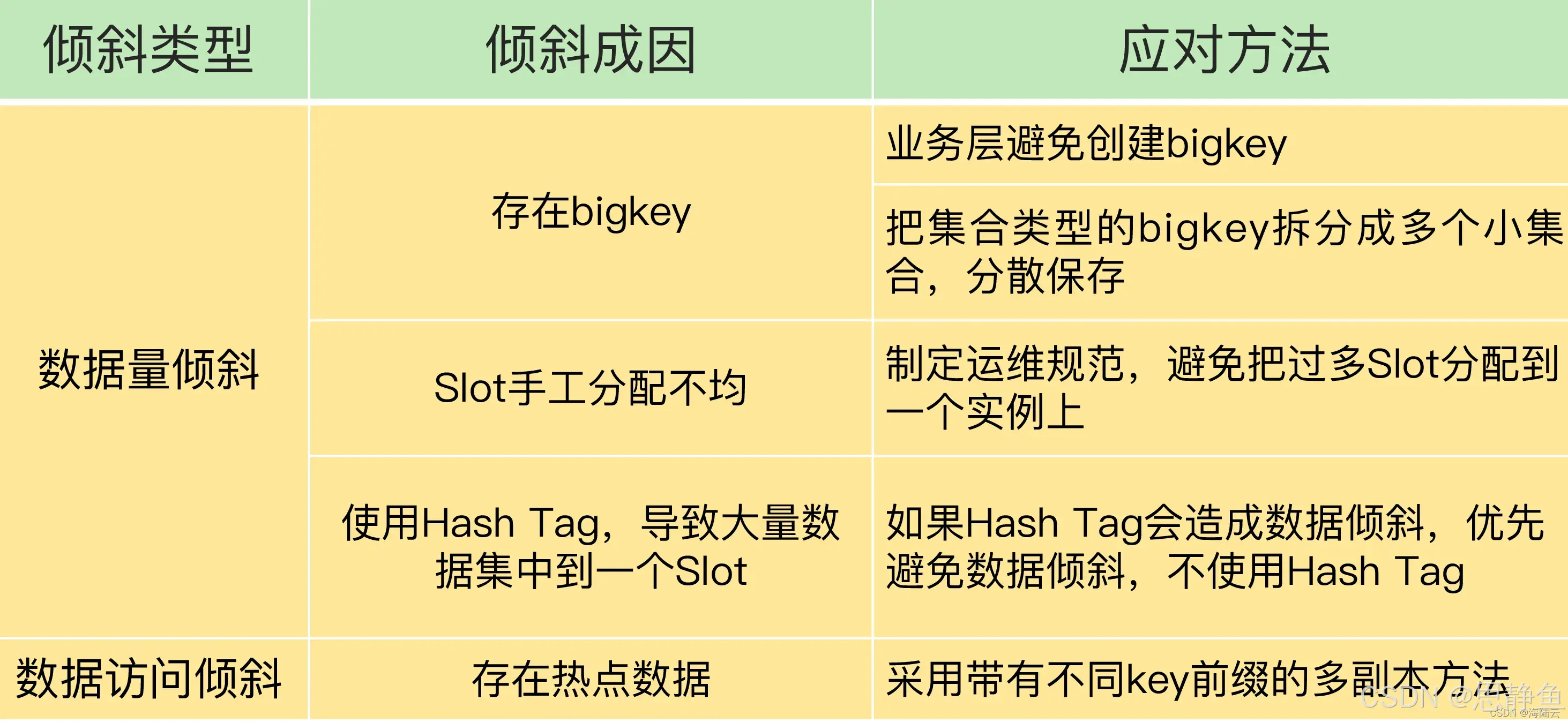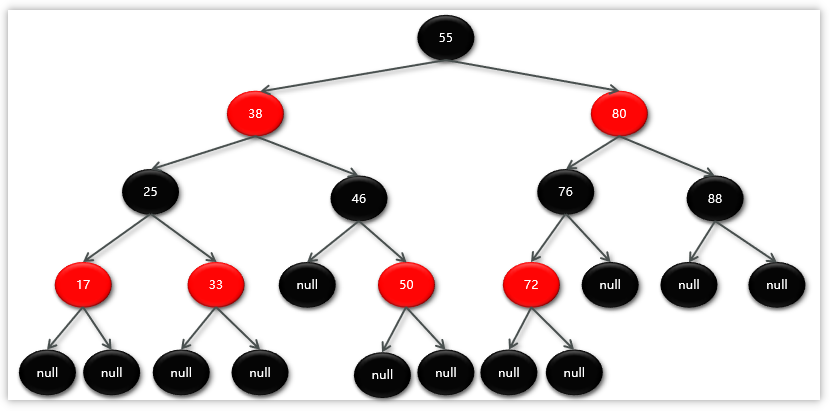实现弹窗随键盘上移的核心思路
在Android中,可以通过监听键盘的显示和隐藏事件,动态调整弹窗的位置。关键点在于获取键盘高度,并计算剩余屏幕空间以重新定位弹窗。
// 在Activity或Fragment中设置键盘监听
val rootView = findViewById<View>(android.R.id.content)
rootView.viewTreeObserver.addOnGlobalLayoutListener {
val rect = Rect()
rootView.getWindowVisibleDisplayFrame(rect)
val screenHeight = rootView.rootView.height
val keyboardHeight = screenHeight - rect.bottom
if (keyboardHeight > screenHeight * 0.15) {
// 键盘显示,调整弹窗位置
adjustDialogPosition(keyboardHeight)
} else {
// 键盘隐藏,恢复默认位置
resetDialogPosition()
}
}
创建自定义弹窗布局
使用Dialog或DialogFragment时,需要确保布局可以动态调整位置。示例布局文件:
<FrameLayout xmlns:android="http://schemas.android.com/apk/res/android"
android:id="@+id/dialog_container"
android:layout_width="match_parent"
android:layout_height="match_parent">
<LinearLayout
android:id="@+id/dialog_content"
android:layout_width="300dp"
android:layout_height="wrap_content"
android:layout_gravity="center"
android:orientation="vertical"
android:padding="16dp">
<!-- 弹窗内容 -->
</LinearLayout>
</FrameLayout>
动态调整弹窗位置代码
通过修改布局参数实现位置调整:
private fun adjustDialogPosition(keyboardHeight: Int) {
val dialogContent = dialog.findViewById<View>(R.id.dialog_content)
val params = dialogContent.layoutParams as FrameLayout.LayoutParams
val screenHeight = resources.displayMetrics.heightPixels
val targetY = (screenHeight - keyboardHeight) / 2 - dialogContent.height / 2
params.topMargin = targetY
dialogContent.layoutParams = params
}
private fun resetDialogPosition() {
val dialogContent = dialog.findViewById<View>(R.id.dialog_content)
val params = dialogContent.layoutParams as FrameLayout.LayoutParams
params.topMargin = 0
params.gravity = Gravity.CENTER
dialogContent.layoutParams = params
}
处理WindowSoftInputMode
在AndroidManifest.xml中为Activity设置正确的软键盘模式:
<activity
android:name=".YourActivity"
android:windowSoftInputMode="adjustResize|stateHidden" />
注意事项
- 键盘高度计算需要排除系统状态栏和导航栏的影响
- 在横屏模式下需要特殊处理布局逻辑
- 不同Android版本可能存在行为差异,需要充分测试
- 对于DialogFragment,需要在onCreateView中获取根视图进行监听
是的,这是我直接使用AI生成的文章,看了下,大致都实现了,感觉现在博客这条下坡路确实要走到底了啊。
下面是我的代码:
@Override
public void onStart() {
super.onStart();
// 在对话框显示后设置键盘监听
setupKeyboardListener();
}
/**
* 设置键盘监听
*/
private void setupKeyboardListener() {
// 设置全局布局监听,检测键盘状态变化
if (mContext instanceof android.app.Activity) {
android.app.Activity activity = (android.app.Activity) mContext;
View rootView = activity.findViewById(android.R.id.content);
if (rootView != null) {
mGlobalLayoutListener = new ViewTreeObserver.OnGlobalLayoutListener() {
@Override
public void onGlobalLayout() {
checkKeyboardStatus();
}
};
rootView.getViewTreeObserver().addOnGlobalLayoutListener(mGlobalLayoutListener);
}
}
}
/**
* 检查键盘状态
*/
private void checkKeyboardStatus() {
if (mContext instanceof android.app.Activity) {
android.app.Activity activity = (android.app.Activity) mContext;
View rootView = activity.findViewById(android.R.id.content);
if (rootView != null) {
android.graphics.Rect rect = new android.graphics.Rect();
rootView.getWindowVisibleDisplayFrame(rect);
int screenHeight = rootView.getHeight();
int visibleHeight = rect.bottom - rect.top;
// 判断键盘是否弹起(可视区域高度小于屏幕高度的75%)
boolean keyboardVisible = visibleHeight < screenHeight * 0.75;
if (keyboardVisible && !isKeyboardShown) {
// 键盘弹起,计算对话框在剩余可见区域的居中位置
isKeyboardShown = true;
adjustDialogPosition(true, visibleHeight);
} else if (!keyboardVisible && isKeyboardShown) {
// 键盘收起
isKeyboardShown = false;
adjustDialogPosition(false, screenHeight);
}
}
}
}
/**
* 调整对话框位置
* @param keyboardShown 键盘是否显示
* @param visibleHeight 可见区域高度
*/
private void adjustDialogPosition(boolean keyboardShown, int visibleHeight) {
if (getDialogHelper() == null) {
return;
}
try {
View contentView = getDialogHelper().getContentView();
if (keyboardShown) {
// 键盘弹起时,让对话框在剩余可见区域中居中显示
getDialogHelper().setGravity(Gravity.CENTER_HORIZONTAL | Gravity.TOP);
// 对话框高度(根据布局文件dialog_quick_greet.xml约246dp)
int dialogHeight = (int) (246 * mContext.getResources().getDisplayMetrics().density);
// 计算让对话框在可见区域居中的上边距
// 公式:(可见区域高度 - 对话框高度) / 2
int centeredTopMargin = (visibleHeight - dialogHeight) / 2;
// 设置最小边距,避免对话框贴着屏幕顶部
int minTopMargin = (int) (50 * mContext.getResources().getDisplayMetrics().density);
int topMargin = Math.max(centeredTopMargin, minTopMargin);
setContentViewMargin(contentView, topMargin);
} else {
// 键盘收起时,恢复默认的居中位置 自己的方法
getDialogHelper().setGravity(Gravity.CENTER);
setContentViewMargin(contentView, 0);
}
} catch (Exception e) {
e.printStackTrace();
}
}
/**
* 设置内容视图的上边距
*/
private void setContentViewMargin(View contentView, int topMargin) {
if (contentView != null && contentView.getLayoutParams() instanceof android.view.ViewGroup.MarginLayoutParams) {
android.view.ViewGroup.MarginLayoutParams params =
(android.view.ViewGroup.MarginLayoutParams) contentView.getLayoutParams();
params.topMargin = topMargin;
contentView.setLayoutParams(params);
}
}
